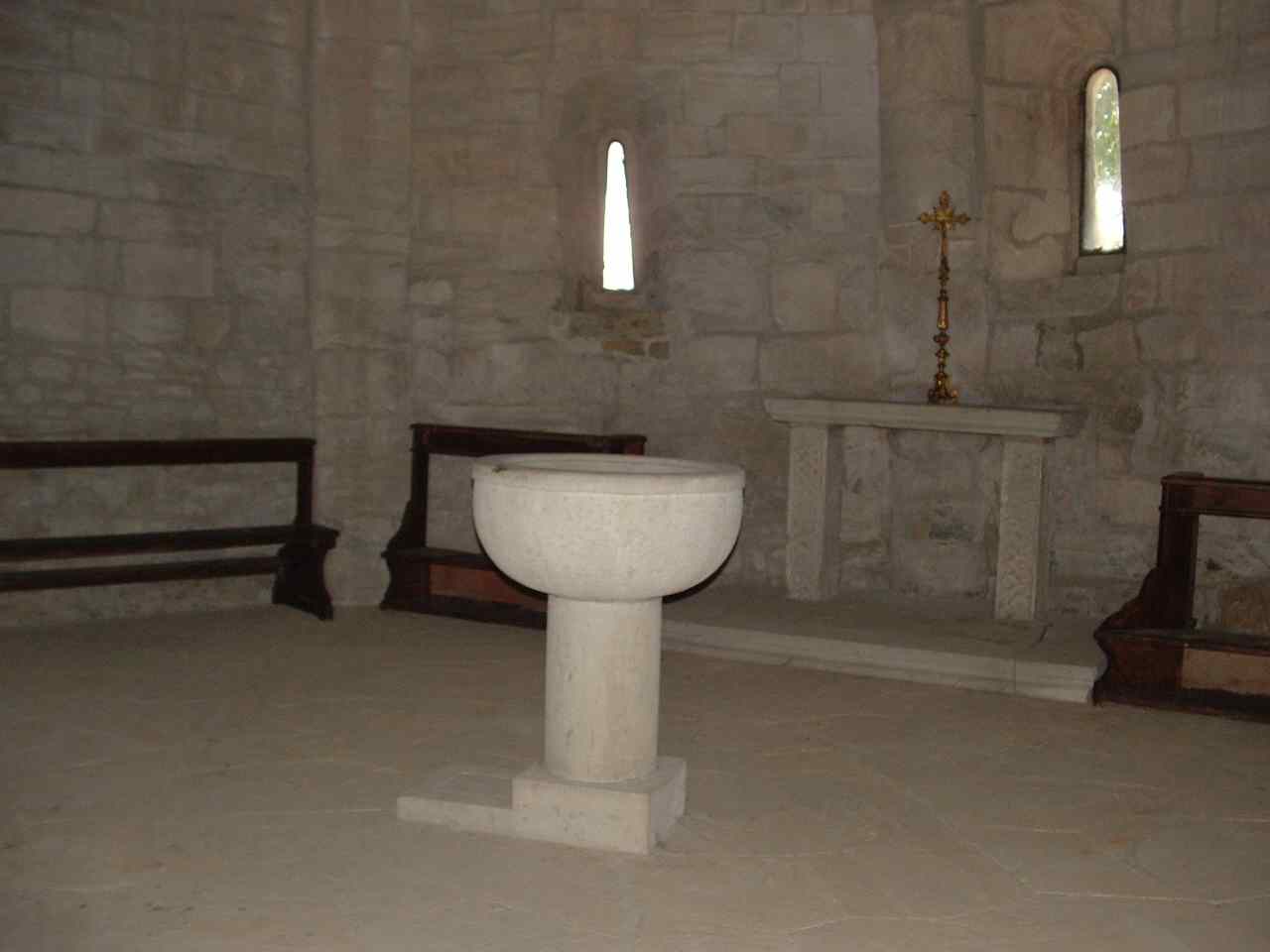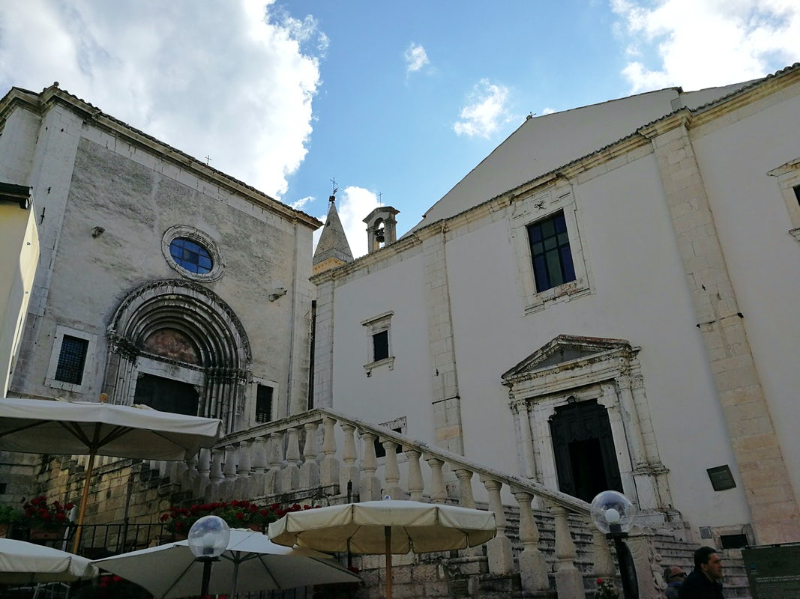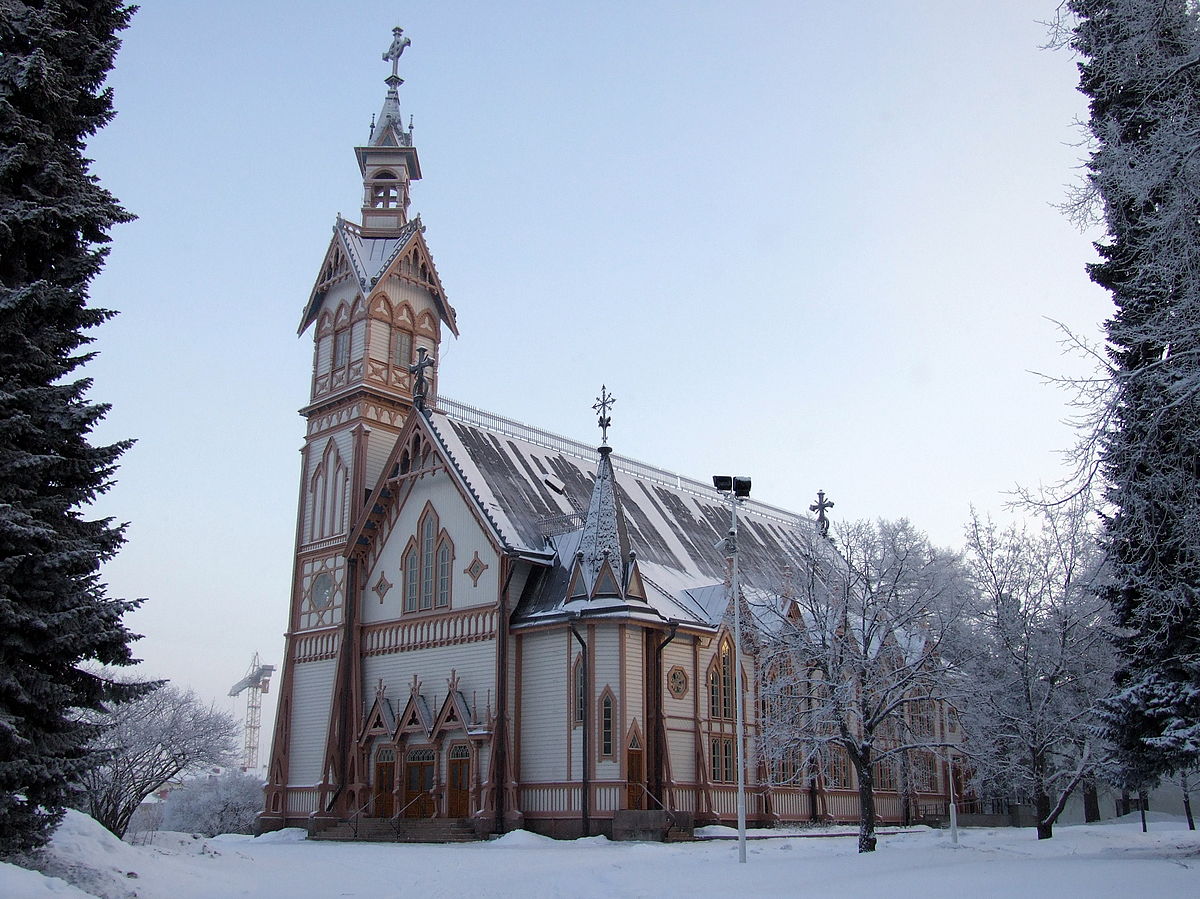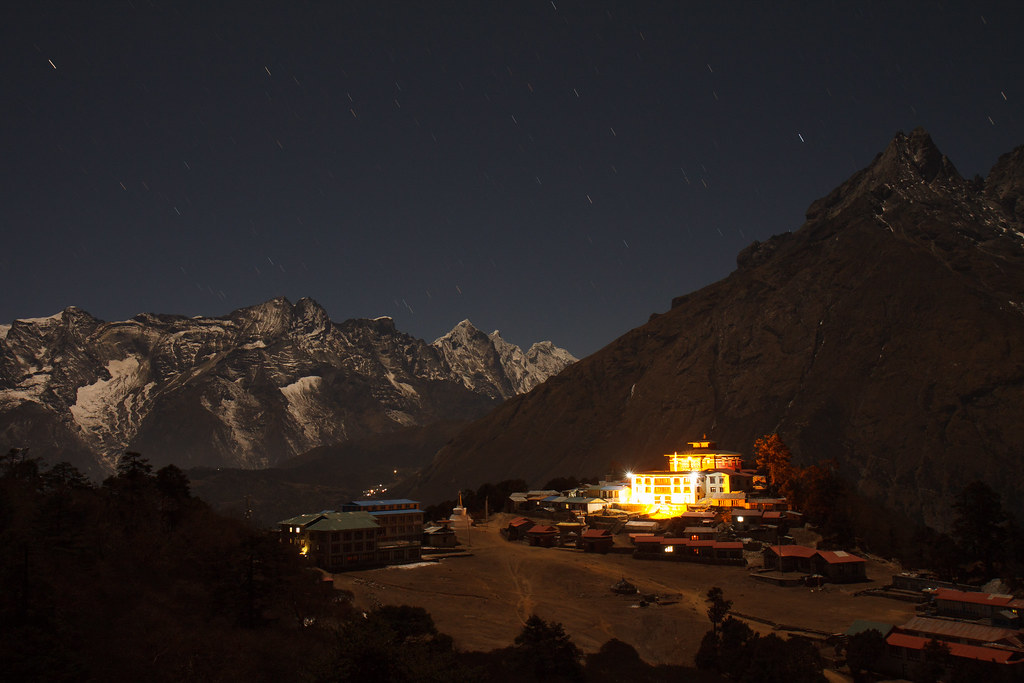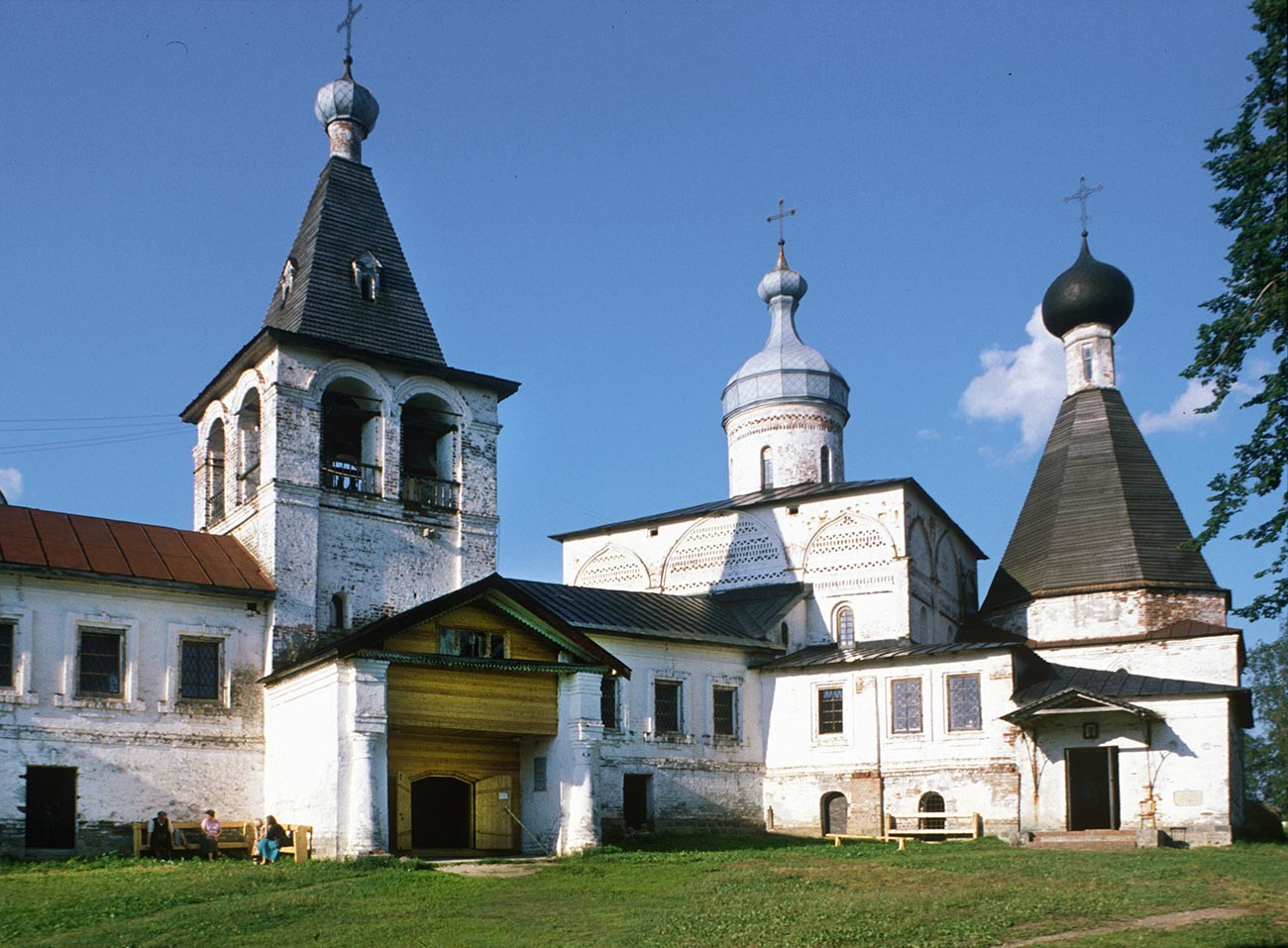Small nucleus, of very remote origin located just upstream of Varano dè Melegari (Parma), a stone’s throw from the Ceno stream and the Via Francigena.
Serravalle is the ancient "Valium." The one dedicated to San Lorenzo, whose existence has been ascertained since 1005, is one of the most remote parish churches in the Parma area, the only one, moreover, to have an independent building, and a special one, for the celebration of Baptism: a sacrament that, in the Middle Ages, was administered among all the churches in a given territory (called pievato), only by the parish church. And it is precisely the Baptistery, octagonal in shape, made of squared stones, with a flat roof covering, that deserves special attention.
Dating from the 10th-11th centuries (but according to some scholars and historians it can be ascribed even to the 8th-9th centuries, it features two access portals and is lit by four single-lancet windows. The octagonal plan, common to many baptisteries built in central-northern Italy between the fifth and thirteenth centuries, is considered by St. Ambrose to be the ideal shape for this type of building, as the number seven indicates earthly life (with the six days of creation and the day of God’s rest) and the number eight indicates instead the eighth day, or the otherworldly world, that of the resurrection at which baptism begins.
But the Octagon conceals in its meaning other aspects as well. The Ottoad, or Octagon, is the numerical and symbolic entity represented by the number Eight. A number, this one, that evokes the double quaternary, one active and one passive, and summarizes the constructive balance of forms, temperaments and cosmic energies. In the esoteric tradition, several symbols are inspired by the number eight.
Even the Knights Templar, in their complex symbolism, had a particular fondness for the number eight: the Cross of the Beatitudes, which especially in the early days was their official emblem, is derived precisely from the octagon.
Originally the walls were to be painted and are characterized by course masonry, punctuated in the corners by half-columns alternating with pillars, culminating in simple capitals. Only one of these is carved and depicts a face and a bird: probably symbols of the evangelists Luke and John.
In particular, the face is characterized by remarked eyes with the pupil defined as plumb; it is framed by hair adhered to the head in parallel, wavy stripes branching off from a central topknot, topped by a headdress. Both the face and the features of the eagle with its very well-defined plumage lead the capital back to the 12th century.
The parish and baptistery, as well as other similar buildings in these valleys, insists on the area of an ancient Roman settlement. This is also confirmed by the discovery, years ago now, of a white marble votive altar dedicated to the cult of Diana, found walled in a wall of the baptistery, now preserved in the Archaeological Museum of Parma.
The building has always attracted the attention of scholars and, due to the presence of the altar and other Roman artifacts, it is believed that it was formerly a sacred place for pagans, dedicated precisely to Diana. It should be noted that the adjacent plebian church of San Lorenzo, was completely rebuilt after its collapse in the 14th century and restored in 1796, 1814 and 1927. The church today has a hall plan with a semicircular apse and side chapels.
